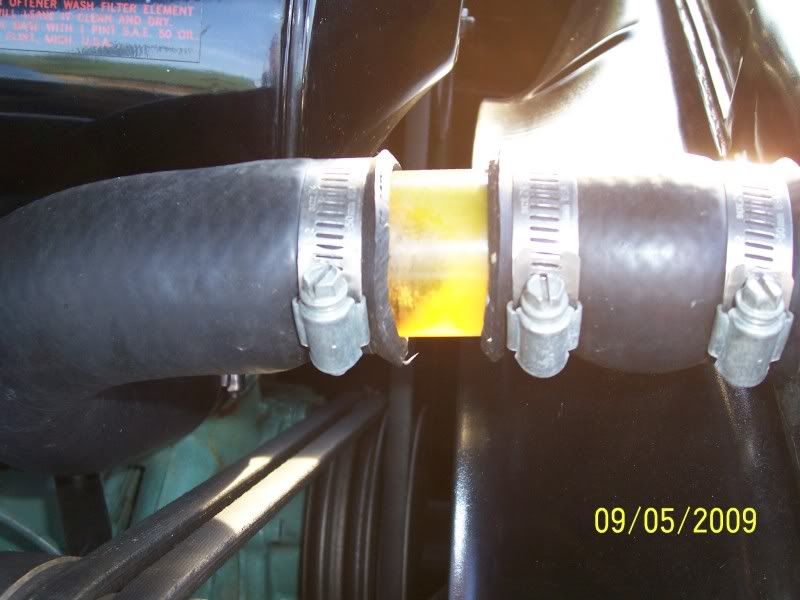What is your ignition timing set at?
I fixed my "heating up at lights" problem with a simple ignition timing change.
Went from about 4 BTDC to about 10 BTDC. '75 360FE T18
Yeah, muriatic acid is cheap and easy to get but if acid is what you want try
to get/use phosphoric acid. It actually leaves a beneficial film on the iron.
Alvin in AZ
I fixed my "heating up at lights" problem with a simple ignition timing change.
Went from about 4 BTDC to about 10 BTDC. '75 360FE T18
Yeah, muriatic acid is cheap and easy to get but if acid is what you want try
to get/use phosphoric acid. It actually leaves a beneficial film on the iron.
Alvin in AZ

